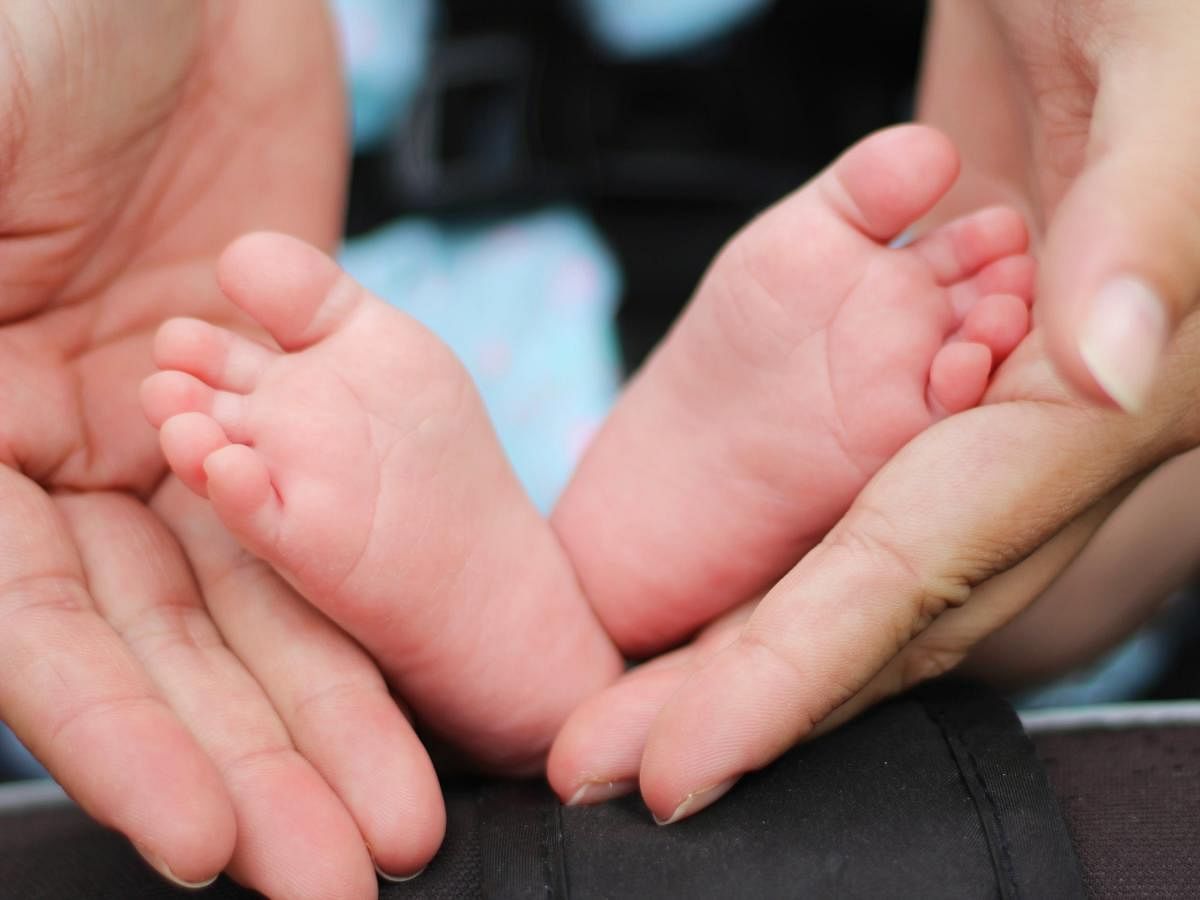
All babies get jaundiced in the first few days of life. Hyperbilirubinemia, or severe jaundice, is a life-threatening disorder in newborns and could be the earliest sign of morbidity. This condition happens when there is too much bilirubin in the baby’s blood. Bilirubin is made by the breakdown of red blood cells. It’s hard for babies to get rid of bilirubin at first. It can build up in their blood, tissues, and fluids.
How is hyperbilirubinemia in a newborn diagnosed?
First 24 hours: This type of jaundice is often serious. Your child will likely need treatment right away.
Second or third day: This is often physiologic jaundice.
Towards the end of the first week: This type of jaundice may be from breastmilk
jaundice.
In the second week: This is often caused by breastmilk jaundice but may be caused by rare liver problems.
What causes hyperbilirubinemia in a newborn?
During pregnancy, the placenta removes bilirubin from your baby’s blood. When a baby is born, the baby’s liver takes over this job. Your baby may have too much bilirubin for many reasons. Bilirubin has a colour. It makes a baby’s skin, eyes, and other tissues turn yellow (jaundice). Jaundice may first appear when your baby is born or it may also show up any time after birth. Clinical jaundice is noticeable in 70 to 80% of babies and probably 90% of premature babies. Only 2 to 5% of babies will need treatment for jaundice in the form of phototherapy if it is too high. There are several causes of hyperbilirubinemia and jaundice, including the following:
Physiologic jaundice: Physiologic jaundice occurs as a “normal” response to the baby’s limited ability to excrete bilirubin in the first days of life due to the immaturity of the liver. This will usually resolve by the first week of life.
Breastfeeding failure jaundice: During the first few days of breastfeeding when the maternal breast milk supply is low and the baby is having trouble latching and feeding, the baby may become dehydrated. Since bilirubin is eliminated in the urine and stool, decreased urination and infrequent stools result in a buildup of bilirubin. While common in full-term infants, premature infants and late preterm infants are more susceptible to this problem because they may have uncoordinated suck as well as easy fatigability. Once effective breastfeeding is established, this problem will resolve.
Breastmilk jaundice: About 2 percent of breastfed babies develop jaundice after the first week. It peaks about two weeks of age and can persist up to three to twelve weeks.
Jaundice from hemolysis: If your baby has Rh disease of ABO incompatibility, they may get this type of jaundice. This condition refers to hemolytic diseases of the newborn caused by a baby having a different blood type from the mother
How is hyperbilirubinemia in a newborn treated?
Treatment will depend on your child’s symptoms, age (in a number of days), weight, gestation and general health. It will also depend on how severe the condition is.
Phototherapy: Bilirubin absorbs light. High bilirubin levels often decrease when a baby is put under special blue spectrum lights. This is called phototherapy. Your child may get this treatment day and night. It may take several hours for it to start working. During light treatment, your baby’s eye will be protected. Your baby’s healthcare provider will check your baby’s temperature. He or she will also test your baby’s bilirubin levels. This will state if phototherapy is working.
Exchange transfusion: In some babies, say around 1 in 400 babies may get severe jaundice requiring treatment called exchange transfusion to prevent jaundice from causing brain damage called kernicterus. Exchange transfusion carries its own risks — as the procedure involves slowly replacing the baby’s blood with new blood. Our own unpublished data shows that intensive phototherapy along with Nasogastric feeds can virtually abandon the need for exchange transfusion in this group of babies which is safer.
Feeding with breastmilk: You should keep breastfeeding a baby with jaundice. If your baby has not been getting enough milk, you may need to supplement with pumped breastmilk or formula.
(The author is a neonatologist.)